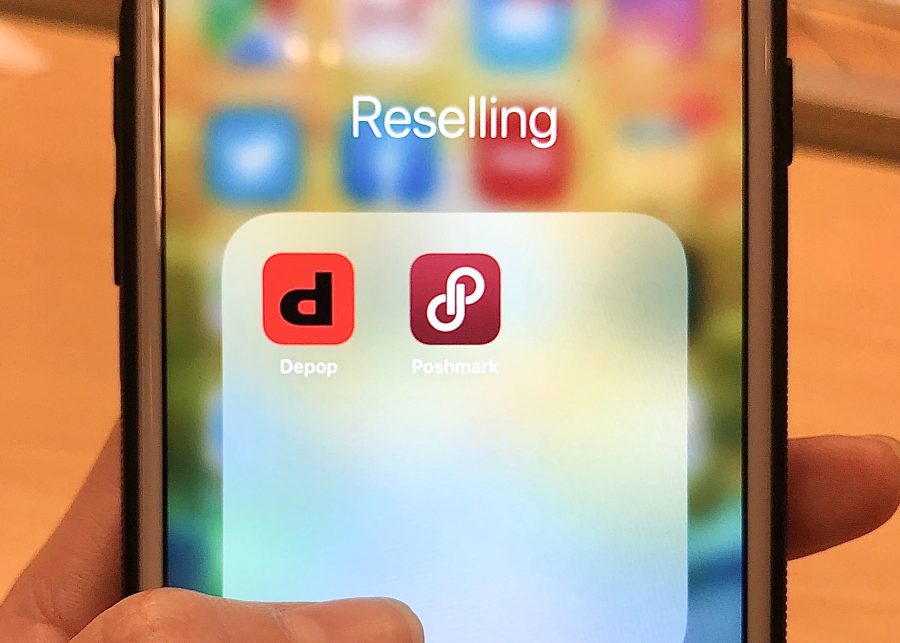Think of it as thrifting, but from your phone. Everyone’s browsed Depop or Poshmark, apps designed for reselling and purchasing clothing, at least once before in search of some secondhand digs. But as we’re searching for our next vintage buy, how are we getting rid of the clothing piling up in our closet?
Clothing consumption by number of pieces purchased is up 400% from two decades ago, while the length of time each piece is kept is diminishing. These new habits contribute to the ecological crisis of textile waste, with garments that require extraneous amounts of resources to produce occupying increasing amounts of space in landfills.
Younger consumers are increasingly attempting to offset the harmful effects of excess clothing with alternative means of purchase and disposal, typically by thrifting.
Online platforms for reselling and purchasing items have skyrocketed in recent years, notably Depop and Poshmark. Many NYU students take advantage of these platforms to avoid textile waste and preserve the limited closet space available to New York City residents.
GLS junior Felicia Huang has been using sites such as Depop since high school to purge items too valuable for donation, her typical method of clothing disposal.
“I only sell pieces on Depop when I believe I could get a reasonable amount of money for it, and it would be a fair item to sell,” Huang said. “For example, I don’t think selling very heavily worn items is typically a ‘fair’ sell, unless they have outside value.”
Beyond the financial bonus, which Huang says is relatively insubstantial, reselling has personal and societal benefits.
“I began it mainly as a way to self-regulate my spending and hoarding habits,” Huang said. “It is a way for me to force myself to think more about just how much stuff I have. The economic and environmental impact is also a plus — a few extra bucks on the side doesn’t hurt, especially when it reduces unethical consumerism.”
These online platforms are especially embraced by NYU students for their seller friendly policies. Tisch first-year Hazelle June Withers transitioned to Depop from selling on eBay for the increased returns. She also praised its relative merits in comparison to brick-and-mortar consignment shops such as Buffalo Exchange and Crossroads.
“Depop pays way more than Buffalo Exchange and Crossroads,” Withers said. “They are so picky and seasonal there […] It’s also a b-tch to lug your clothes all the way to one of their shops.”
Gallatin first-year Ashley Hurst attempts to completely avoid throwing away pieces by selling 80% of her clothing through closet sales, consignment stores and Facebook trading groups.
The remaining portion of Hurst’s wardrobe is donated to large-scale donation services such as Goodwill. However, Microsoft News reported in February that such services are only able to place 10% of donated items on thrift store shelves, with the rest being sold to international secondhand clothing traders and recyclers. Once it is out of their hands, however, it is in danger of simply residing in a landfill, negating part of the purpose of donating clothing.
“I think this should definitely be publicized more when donating because I’m sure it would push more people to use sites like Poshmark or Depop,” Hurst says.
Despite structural issues with some of these tools, consumers at NYU and elsewhere are undoubtedly becoming more aware of the consequences of clothing waste and ways to prevent it. As climate change and consumption figures imply, it is imperative that these practices become the norm.
Email Chad Evans at [email protected].


























































































































































